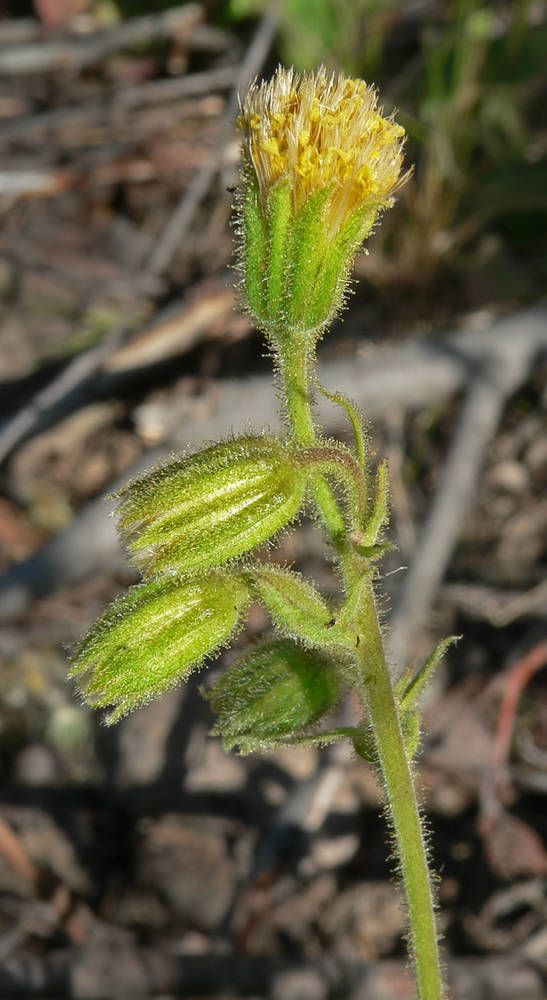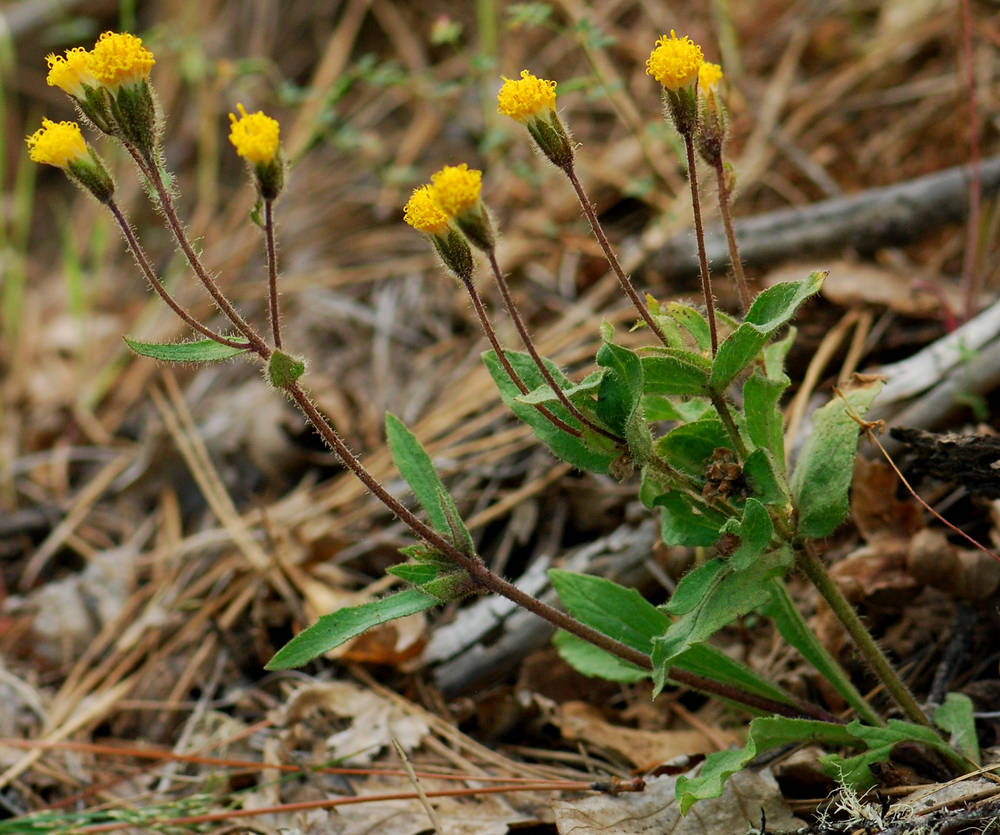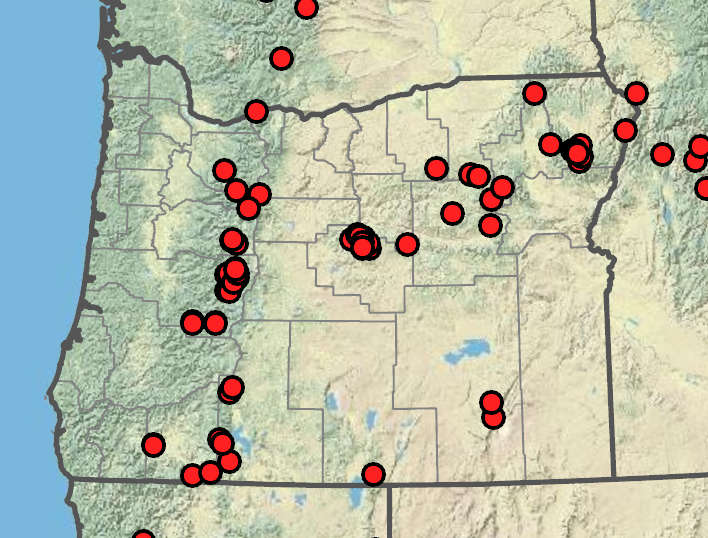Arnica parryi
Arnica spathulata
Parry's arnica
Klamath arnica, spatulate arnica
simple to much branched, villous, stipitate-glandular distally.
simple to much branched, lightly or densely spiculate or pilose to tomentose, stipitate-glandular distally or throughout.
withered by flowering, often in separate sterile rosettes, petiolate or subsessile.
some petioles distinctly winged.
2–4 pairs; lowermost crowded near stem bases; upper pairs much reduced;
blades ovate to lanceolate or linear-elliptic, 2–10 cm, bases rounded or attenuate;
margins entire or denticulate;
veins branching laterally;
tips acute;
surfaces villous-tomentose, sparsely stipitate-glandular or gland-dotted adaxially; lowermost long-petiolate; upper sessile.
2–5 pairs, sometimes crowded proximally, distally reduced;
blades ovate or lanceolate to linear, 1.5–13 cm, bases rounded or attenuate;
margins denticulate to dentate or serrate;
tips acute or obtuse;
surfaces sparsely to densely villous, petiolate proximally, usually winged, sessile distally.
stipitate-glandular.
stipitate-glandular.
campanulate, 10–15 mm.
broadly to narrowly campanulate, 15–25 mm.
0 or obscure.
0.
20–60;
corollas 8–10 mm, yellow.
15–50;
corollas 8–11 mm, yellow.
narrowly oblanceolate to elliptic or linear;
tips acute or acuminate;
surfaces stipitate-glandular, sometimes also hispid.
lanceolate to oblanceolate or elliptic;
tips acute;
surfaces stipitate-glandular, sometimes pilose.
columnar-fusiform, 4–6 mm, dark brown or blackish, glabrous or hispid;
pappus bristles 7–10 mm; straw-colored, barbellate.
columnar or columnar-fusiform, 4–8 mm; black;
gland-dotted, sometimes also hispid, rarely glabrous;
pappus bristles 7–10 mm, white, barbellate.
discoid or rarely obscurely radiate, nodding in bud.
discoid.
=38, 57, 76.
=38, 76.
Arnica parryi
Arnica spathulata
Coniferous forests, meadows, ridges. Flowering Jun–Sep. 1200–2700 m. BR, BW, Casc, ECas, Sisk. CA, ID, NV, WA; north to Yukon, northeast to Alberta, east to WY, southeast to CO. Native.
Coniferous forests, mixed woodlands, open slopes, clearcuts, on serpentine soils. Flowering May–Aug. 400–1200 m. Casc, CR, Sisk. CA. Native.
Kenton Chambers
Kenton Chambers
- Local floras:
BC,
CA,
OR,
WA
- Local Web sites:
CalFlora,
CalPhotos,
Flora NW,
PNW Herbaria,
Turner Photog.
WildflowerSearch
iNaturalist (observations)
USDA Plants Database
- LBJ Wildflower Center
- SEINet
- Plants of the World Online
- Encyclopedia of Life
- Wikipedia
- Google Image Search





